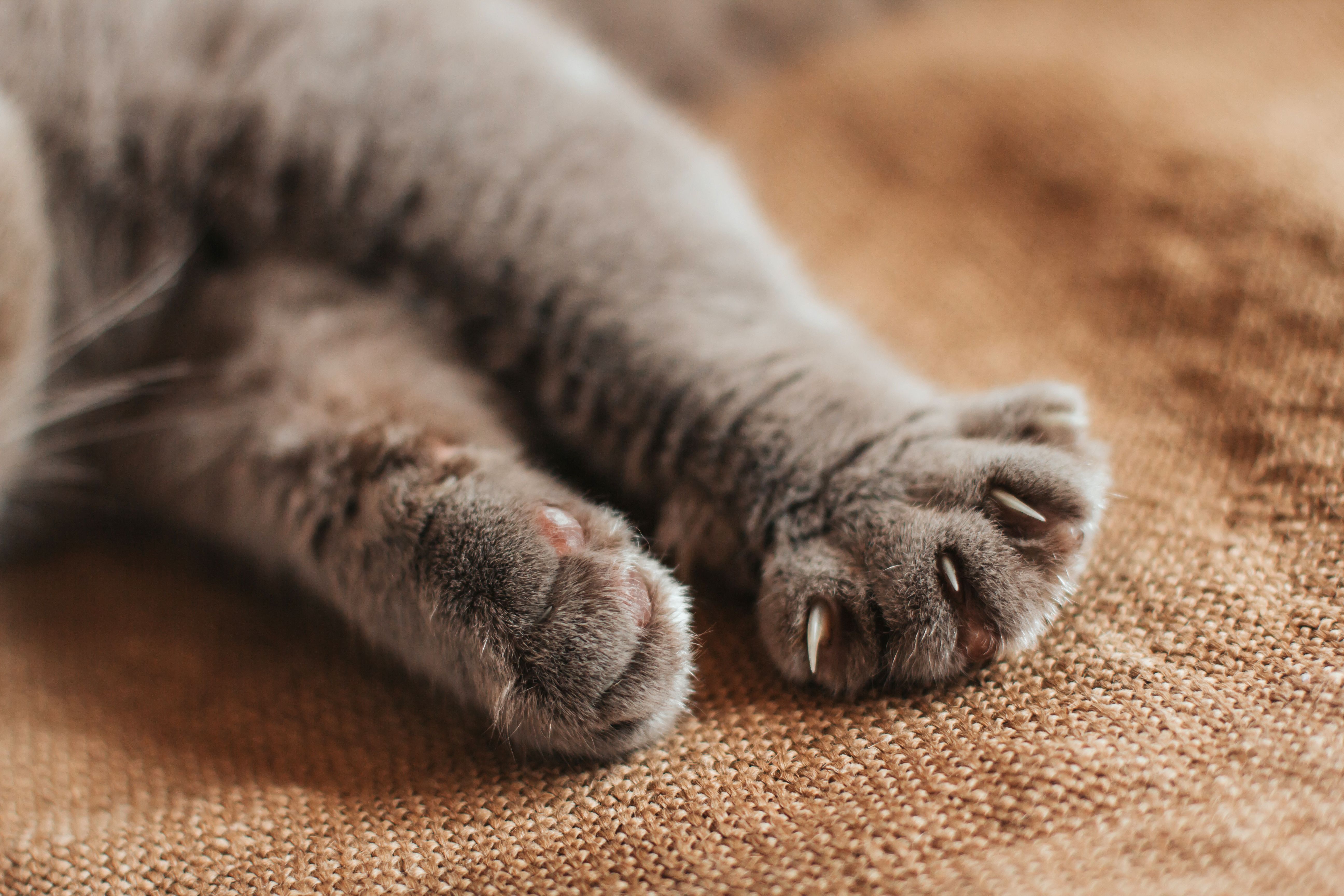Fetch dvm360® preview: Declawing: Detrimental effects and common myths debunked
At the 2021 San Diego Fetch dvm360® conference, Jennifer Conrad, DVM, will share the overwhelmingly negative consequences of declawing and cite research rebutting perceived views on the procedure.
Despite the American Veterinary Medical Association (AVMA) declaring declawing as a last resort, 20% to 25% of felines in the United States are declawed.1 At this Fetch dvm360® conference in San Diego, California, Jennifer Conrad, DVM, will emphasize the cruelty of declawing, more accurately called de-knuckling, and debunk common myths on the subject.
The hour-long feline medicine session—“Declawing: What We Knew Then and What We Know Now”—starts at 9:15 am on Friday, December 3, in room 30 B.
The reality of declawing2
Oftentimes clients are unaware of the pain declawing causes a cat because they view the procedure as routine, like vaccination. However, the pain level produced by declawing ranges from moderately severe to severe, and is on the same level as cancer pain, limb amputation, or total ear canal ablation, according to Conrad, and veterinarians should inform pet parents of this effect on cats. Additionally, some long-term adverse consequences of declawing include nerve damage, chronic pain, and behavior changes.
Signs of pain because of declawing felines consist of the following:
- Limping
- Overgrooming
- Not using the litter box
- Biting
Debunking declawing myths
Although there are no existing medical reasons to declaw cats, clients typically have it done with hopes of avoiding scratched furniture or the spread of zoonotic diseases, or to keep a cat in a home and prevent its being sent to the shelter due to behavioral issues. But Conrad will share that quite the opposite of these intentions usually occurs with declawed cats.
Myth No. 1:
- Declawed cats have problems only because the surgery was poorly done.
- Fact: Regardless of how a declawing surgery is performed—even if it is with vaporizing laser—neuromas and other indications of chronic pain syndrome will result, although some cases are worse than others. These felines all have the chance of suffering from bone fragments under the skin, claw regrowth, hammertoes, or other complications.
Myth No. 2:
- You have to declaw a cat because the other cats in the household have been declawed.
- Fact: Don’t inflict more pain on another cat; the cats will get along fine and work it out. If necessary, keep the clawed cat's nails short.
Myth No. 3:
- If veterinarians cannot declaw, there will be a massive deluge of cats in shelters.
- Fact: Research findings have demonstrated that in all the places where declaw bans have been enacted, including New York State, the number of cats relinquished to shelters decreased after the ban. Adoption rates increased or were unaffected. Declaw bans save lives, according to Conrad.
Myth No.4:
- You have to declaw cats to protect human health and immunocompromised people.
- Fact: This is not what human health organizations recommend. In fact, declawing puts immunocompromised people at a higher risk because declawed cats often bite. According to Conrad, literature shows that declawed cats bite harder and longer than clawed counterparts.
For more information, please visit www.PawProject.org.
References
- Cheung H. Cat declawing: should it be banned, and why does it happen in the US? BBC. June 6, 2019. Accessed November 18, 2021. https://www.bbc.com/news/world-us-canada-48528968
- Conrad J. Declawing: What We Knew Then and What We Know Now. Proceeding presented at: Fetch dvm360® San Diego; San Diego, CA. December 2-5, 2021.








